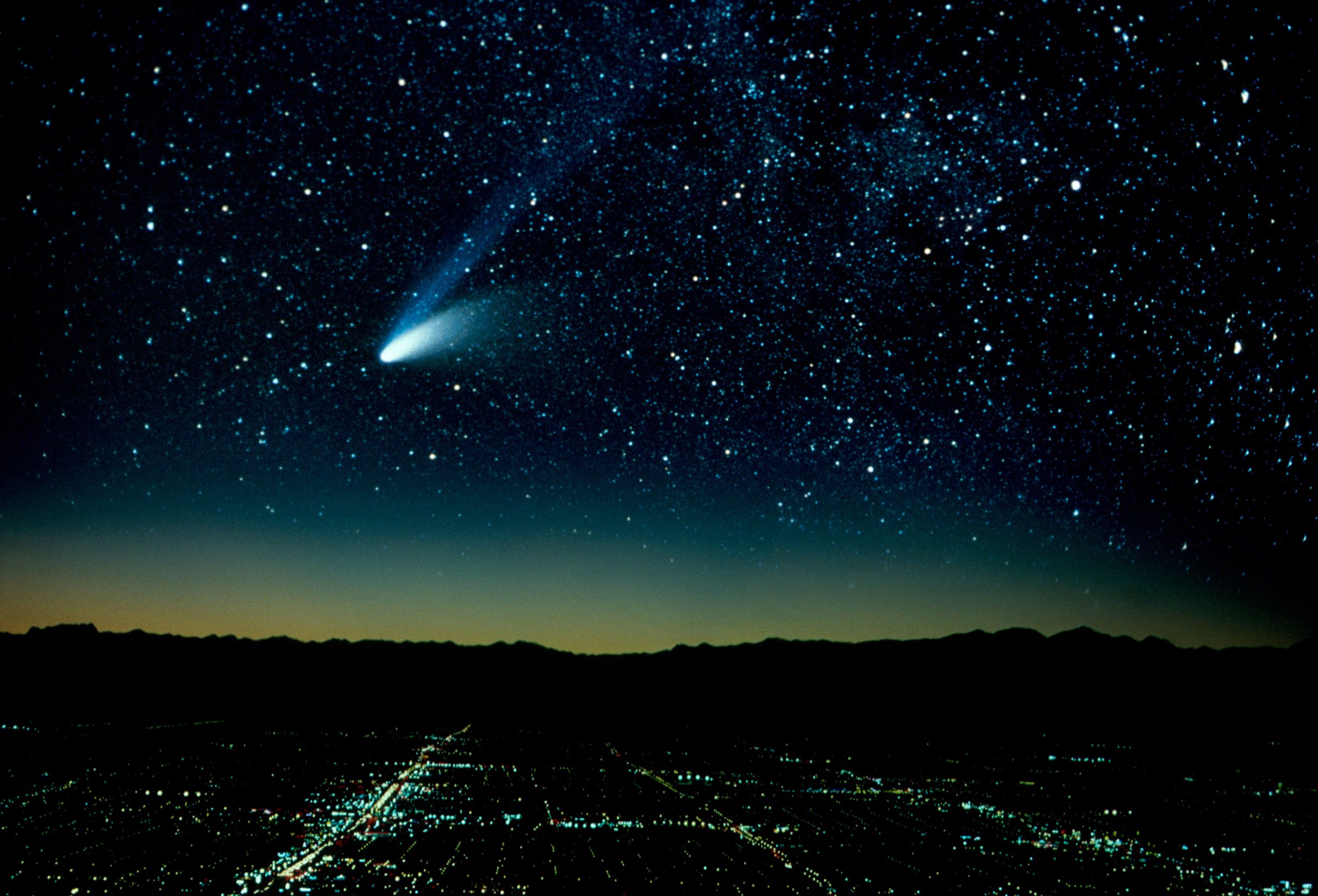
If you look up on June 30, you’ll get a glimpse of something special when Venus and Jupiter converge in the night sky. While you’ll be able to see the event with your naked eye, it will look much better with some advance planning. In fact, from these planets dancing across the heavens in June to the Perseid meteor shower in mid-August, this summer is going to be a great one for stargazing.
The best way to peer into the cosmos is to escape the light pollution of the city and suburbs. From campsite finders to coffee makers — with telescopes in between — these tools can help get you out under starry skies and keep you warm and dry as the constellations come out to play.
GetOutfitted: If you’re in the dark about camping, there’s no reason to go to REI and blow a week’s pay just to gather all the necessary gear. GetOutfitted rents an array of equipment in ready-to-go bundles, pricing its packages by the day. For instance, a backpacker suite that includes a two-person tent, a sleeping bag and pad, and a backpack of course, can run as little as $22 per day. Beat that, AirBnB.
HipCamp: There are so many places to camp, yet so few well-organized ways to find them. HipCamp is a great website that rounds up the myriad places you can unfurl your bedroll, slicing and filtering them by location, activities, and amenities. With a clean, easy-to-use interface based on Google Maps, the site also lets users leave tips for fellow campers, turning it into a campfire-like environment. So, to find the big sky spots, click on the stargazing button, pick a campsite, and hit the road.
Fireside Provisions: Half of the fun of waiting for nightfall is whipping up campfire-based fare that you only eat once in a blue moon. But if you’re an overworked office type, you likely have no time to pull together all the fixings for a back-country meal. Fireside Provisions takes the pain out of the pancakes by selling per-person packages of food based on the kind of trip you’re taking. Are you a day hiker? That’ll just be $7 for a selection of trail mix and other grab-and-go snacks. Pulling a weekend in the woods? For $30, you can get breakfast, snacks, and dinner, all packed and mailed to your door before you hit the trail.
Alite Sexy Hotness Sleeping Bag: You know what’s hot? A sleeping bag with armholes. And do you know what’s sexy? One that also has zippers at the bottom, so you can unzip your feet and walk around without de-snuggling. Okay, maybe neither of those are very attractive, but Alite named this $169 sleep sack, not me. Still, for anyone looking to curl up under the stars, those are very attractive features.
See Scott Kelly's First 30 Days in Space



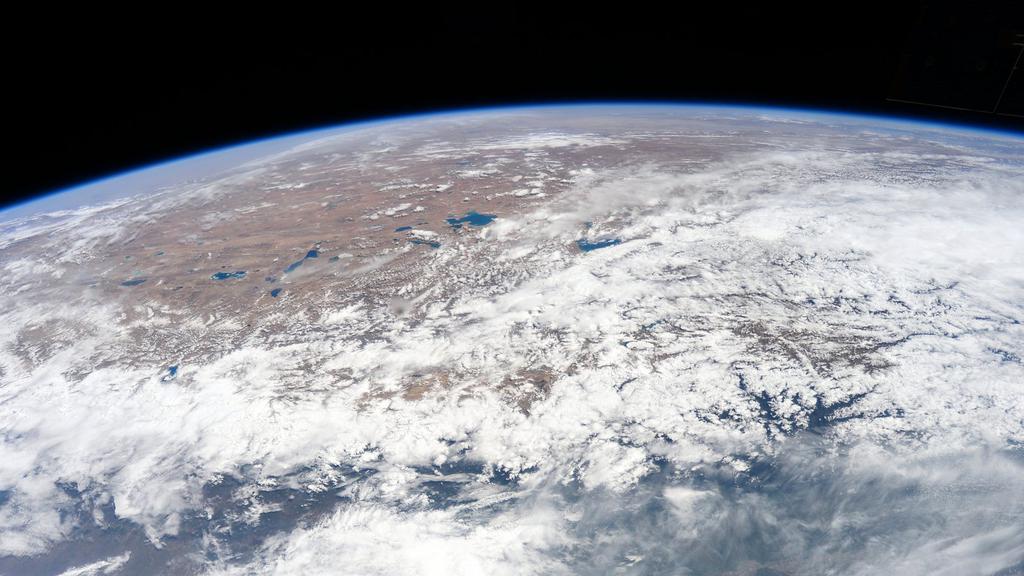
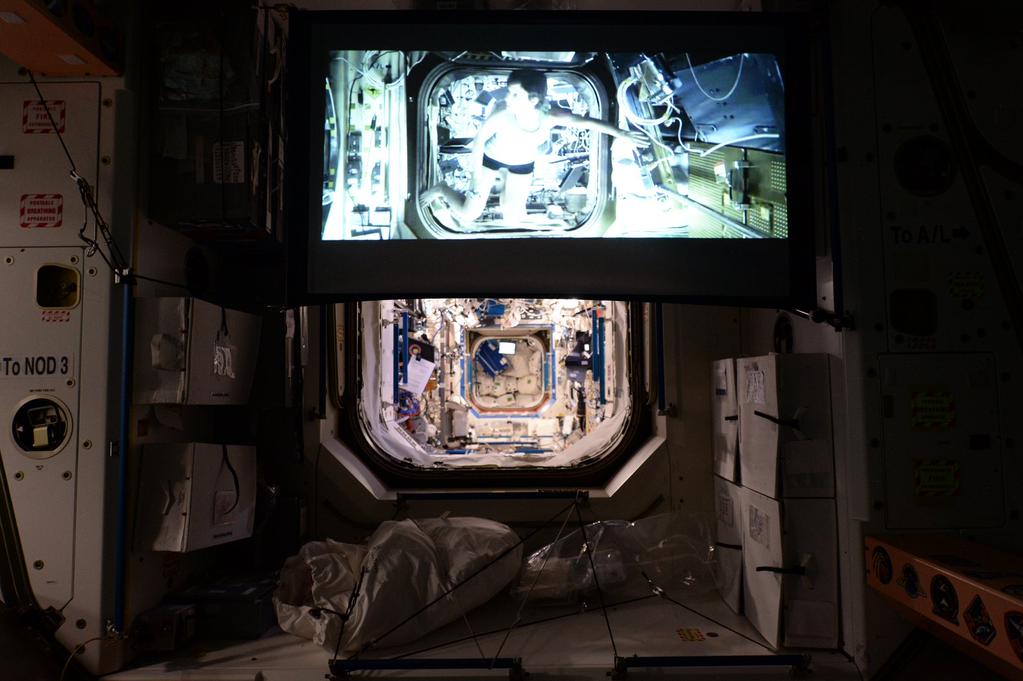
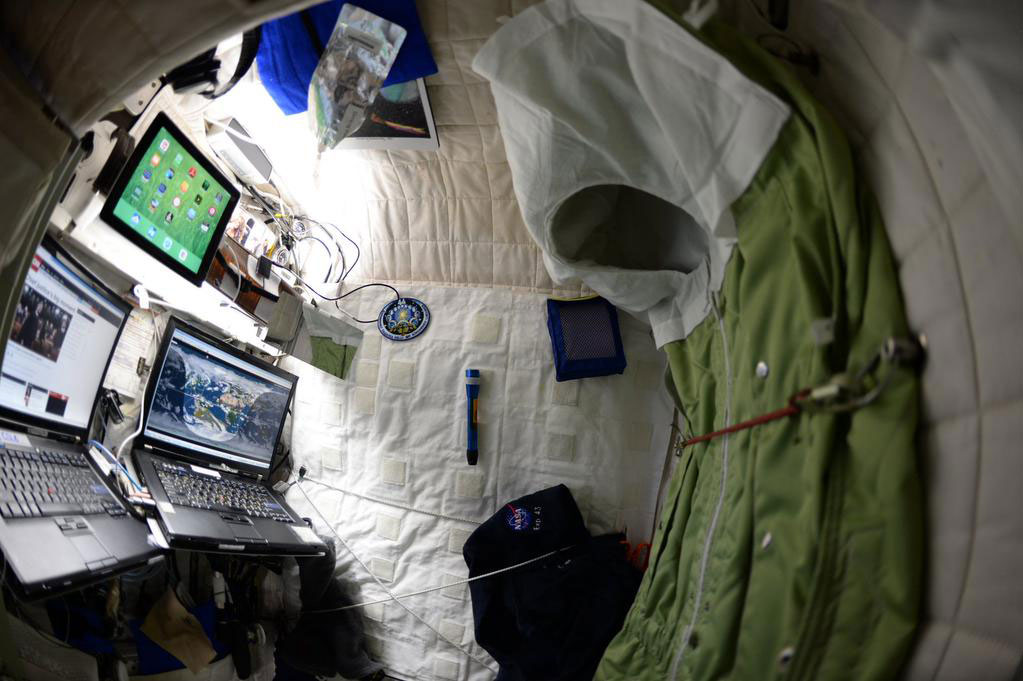




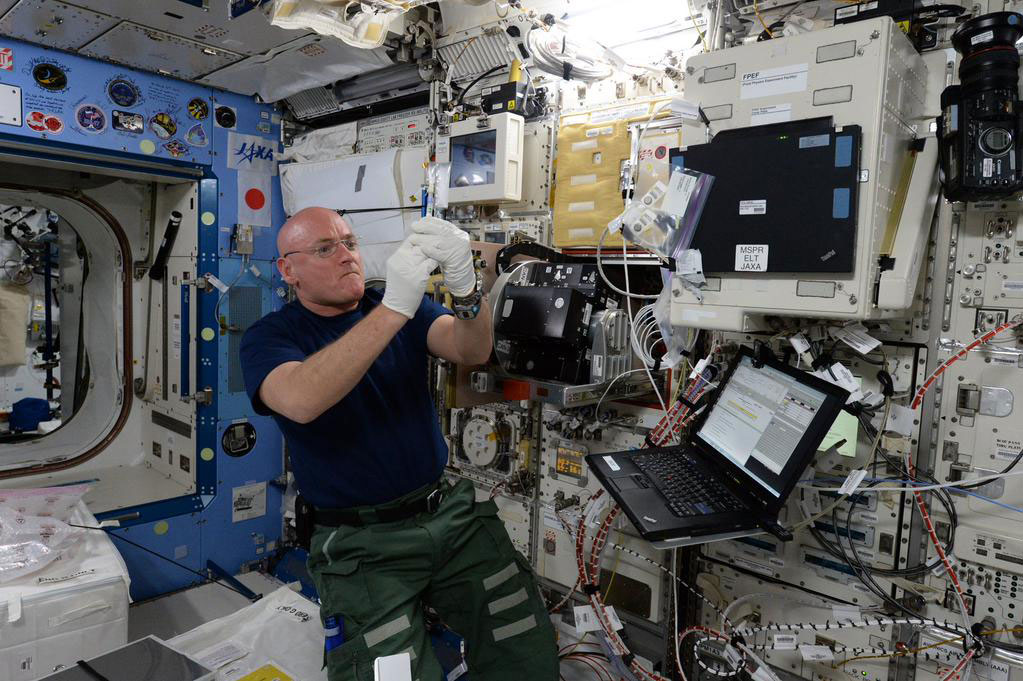
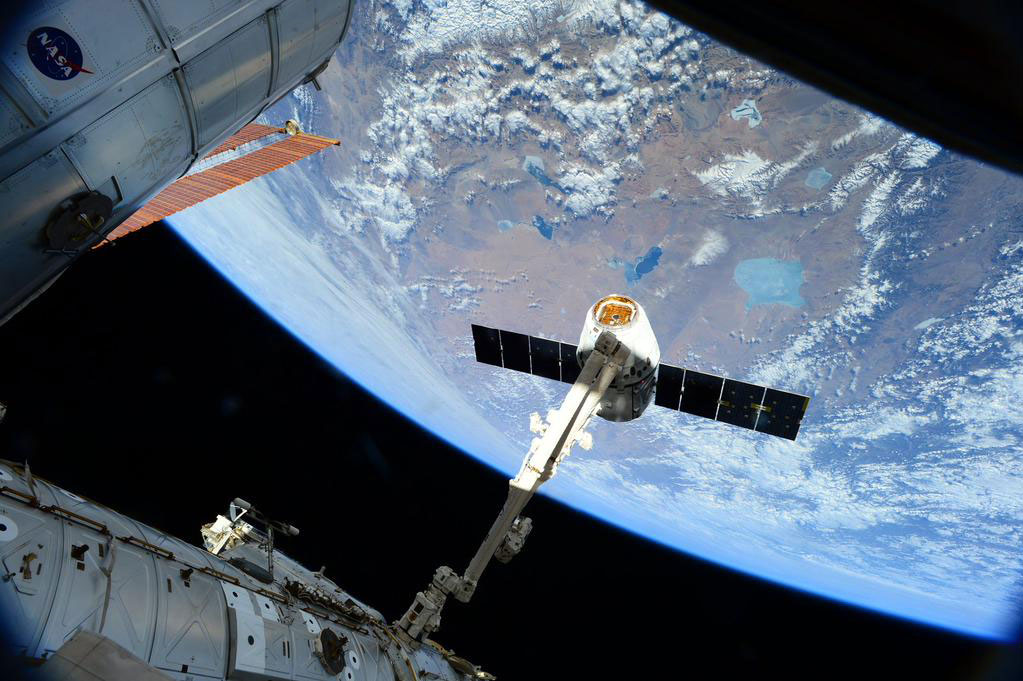





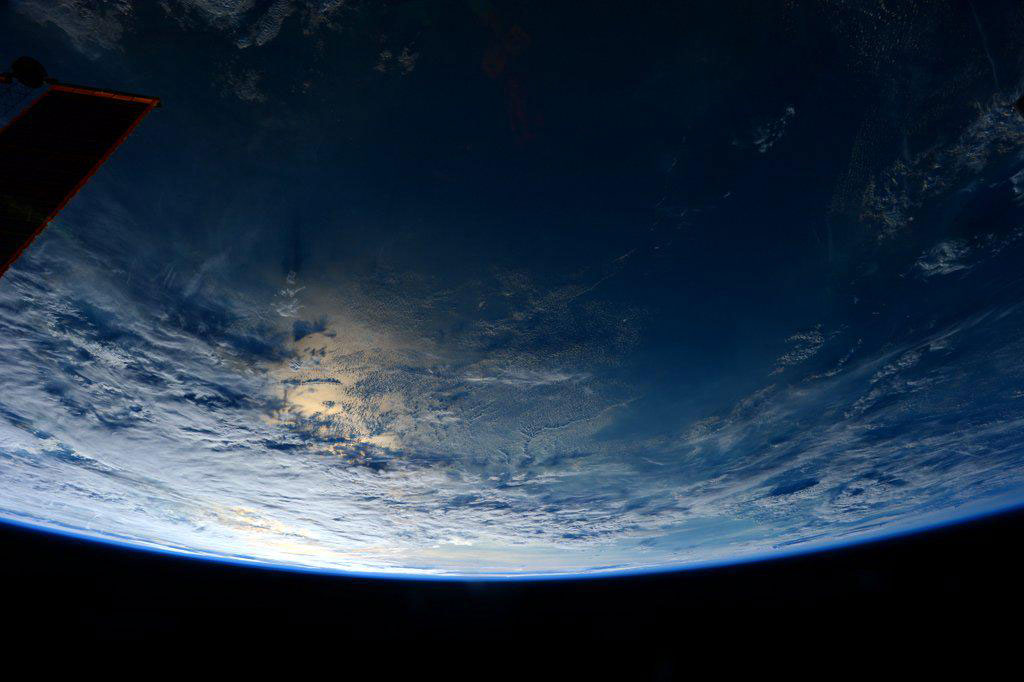





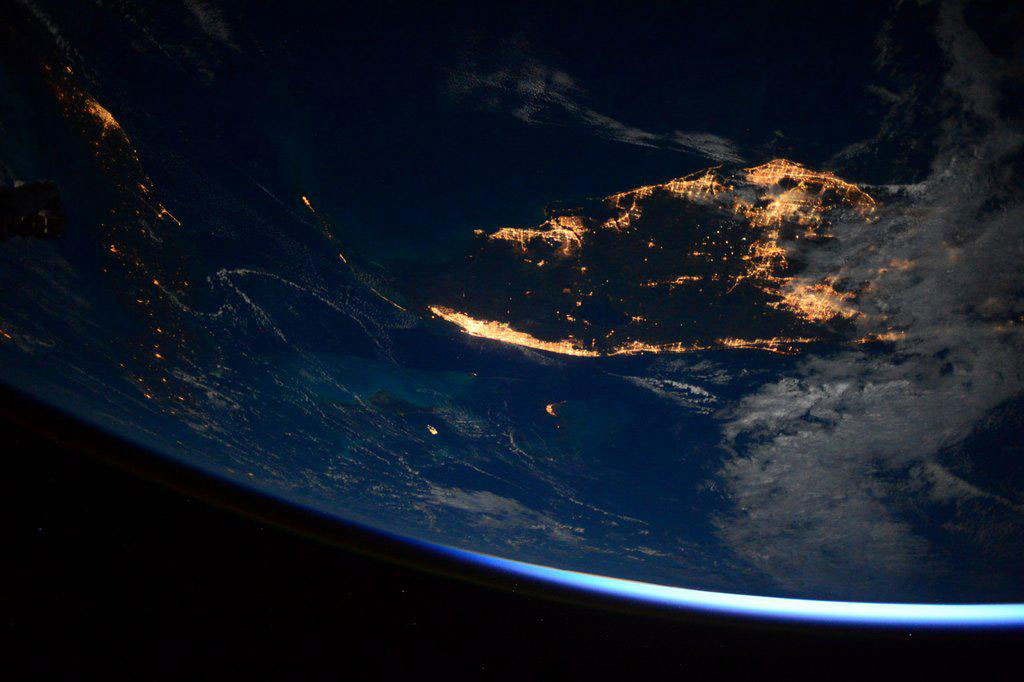

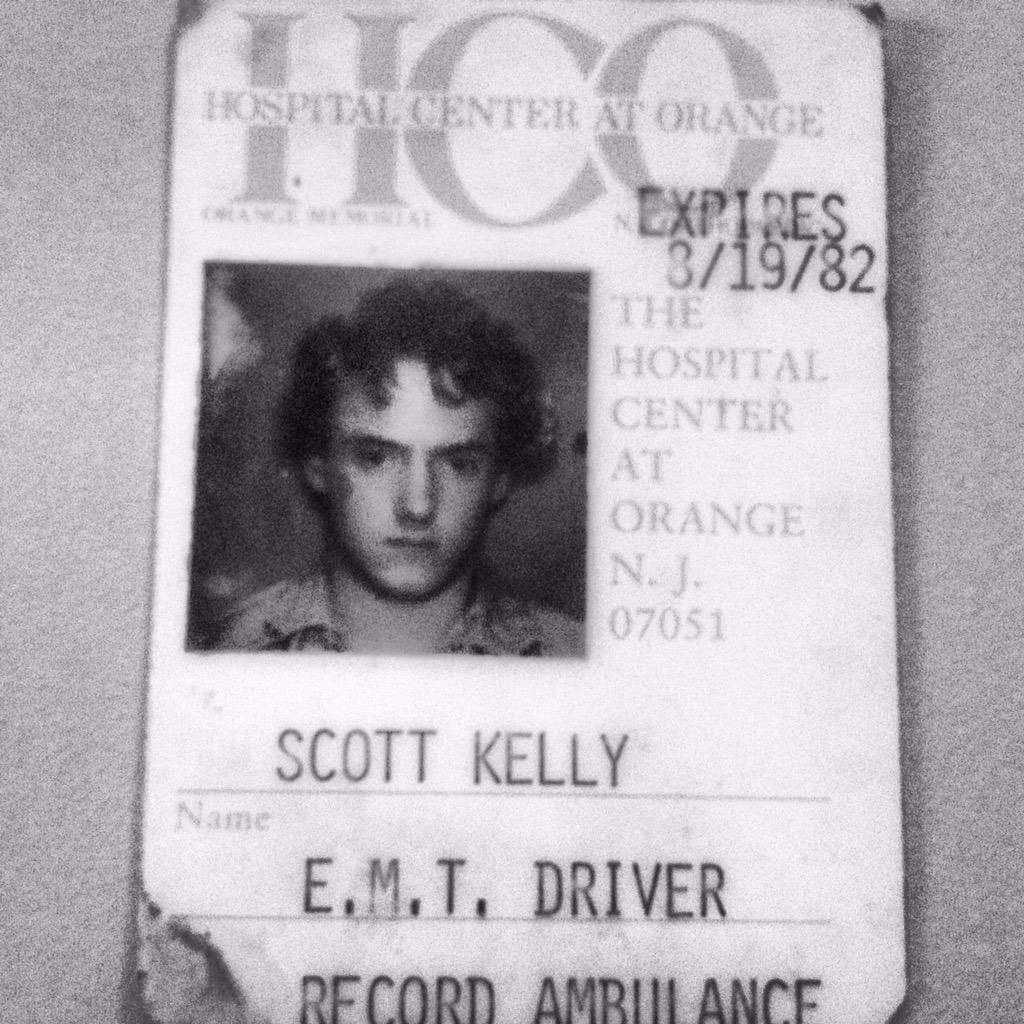

Blue Bottle Coffee Travel Kit: Whether it’s a cup of coffee to keep you perky into the night, or a wake up jolt to get you moving in the morning, this $179 brew kit has you covered. Sporting a Porlex Mini hand grinder, a pair of Falcon enamelware cups, a Bonmac Blue Bottle travel dripper, filters, beans, and a couple felt zarfs (you didn’t know the sleeve that wraps around a cup had a name, did you?), this Timbuktu bag holds everything needed to make a killer cup of joe. Unless you take cream, in which case you better switch to black.
Celestron Cosmos 90 GT WiFi Telescope: If you don’t roam too far from home — or you have a wireless hotspot — this Wi-Fi enabled telescope is a great tool for tracking the sky for beginners and lazier astronomers alike. Pairing with the Android and iOS-compatible Cosmos Celestron Navigator app, the $399 motorized scope can select from and navigate to more than 120,000 heavenly bodies, making sure you catch every shooting star before it disappears into the night.
Celestron Travel Scope 70: Small enough to slip into a backpack, and inexpensive enough to elicit a shrug if that backpack fell off a cliff, this $89 tripod-mounted scope will provide a starry night, minus the bulk. The telescope’s adjustable stand can extend to full height or be perched on a picnic table, whatever is more convenient for your temporary observatory. And with a 70mm lens, it can gobble up enough light to reveal Saturn’s rings — so long as you point it in the right direction.
iOptron Smartphone Eyepiece Adaptor: What good is a moonshot if no one else can see it? This $58 adapter will let you slap your smartphone down onto the eyepiece so you can snap photos of your star searches. A solid accessory made out of aluminum, the adapter comes with 12.5mm eyepiece that fits onto the telescope, making it easy to swap out without much fuss.
Oberwerk Ultra 15x70mm Binoculars: Because two prisms are better than one, some experts recommend that beginners forego telescopes for binoculars when they start off. Also, binoculars can be easier to focus and are useful in daylight for pastimes like birding (or creeping). These rugged peepers have independent eye focus — good if you’re packing a prescription, but at $380 they will also raise some eyebrows. And at 5.5 pounds, they’ll give your arms a workout, too. So be sure to also budget for a tripod to go along with them.
Orion GoScope 80mm TableTop Refractor Telescope: For great performance at a low price, refractor telescopes have been showing off stars for shekels since the age of Galileo. This 80mm lens toes the line of price and power nicely with a portable, lightweight design that still has enough oomph to zoom into our solar system’s planets. For instance, turn it skyward when Saturn is overhead to get a peek at her rings, or when Jupiter is in sight to check out the cloudy bands stretching across her atmosphere.
Star Walk: There may be as many astronomy apps as there are stars in the sky, but one of the brightest is the $2.99 Star Walk. A point-and-learn guide to the heavens, this guide uses all the iPhone’s various sensors — GPS, accelerometer, and compass — to know exactly what the camera is looking at. Moving the handset across the sky reveals more planets, stars, and other objects. The corresponding iPad app is equally astounding, but it will set you back another $2.99. But the upside of the iPhone app — at least for some users — is that it also comes with an Apple Watch companion app so you never miss a shooting star.
Smith & Wesson Galaxy 28 LED Flashlight: When you’re out in the dark, the worst thing you can do is turn on a light — not only will it drown out the celestial bodies overhead, but it will have you seeing spots for a while afterwards. With 28 LEDs — 20 white, four red, and four blue — this $44 flashlight is the kind of torch you need in stargazing situations. The red-light mode is bright enough to illuminate your star charts or campsite, but still easy on the eyes so your rods don’t get all worked up.
More Must-Reads from TIME
- Why Trump’s Message Worked on Latino Men
- What Trump’s Win Could Mean for Housing
- The 100 Must-Read Books of 2024
- Sleep Doctors Share the 1 Tip That’s Changed Their Lives
- Column: Let’s Bring Back Romance
- What It’s Like to Have Long COVID As a Kid
- FX’s Say Nothing Is the Must-Watch Political Thriller of 2024
- Merle Bombardieri Is Helping People Make the Baby Decision
Contact us at letters@time.com